Cleaning towels are an integral part of any household, as they help keep a clean and hygienic environment.

Available in various materials, sizes, and colors to meet different needs, like drying dishes or wiping surfaces clean, selecting the correct cleaning towel can make a big difference in maintaining healthy living spaces.
Cleaning Towel Uses
They have many uses, such as:
- Drying hands: Hand towels are essential in preventing the spread of germs and bacteria, as wet hands tend to transfer pathogens more readily than dry ones. Keeping a fresh hand towel in your bathroom and kitchen will ensure your hands stay dry and sanitary after washing them.
- Wiping surfaces: Cleaning towels are ideal for wiping down countertops, tables, and appliances to remove dust, dirt, and grime. This helps maintain a tidy living space while preventing harmful allergens buildup.
- Drying dishes: Utilizing a separate dish towel for drying dishes helps prevent cross-contamination between kitchen surfaces and eating utensils, especially in households with individuals who have allergies or compromised immune systems. This is especially important in households where individuals with allergies or compromised immune systems reside.
- Bathing: Towels are essential for drying your body after bathing, helping to avoid skin irritations or infections due to residual moisture.
Maintaining them to remain clean and in excellent condition is essential for creating a healthier, cozier living environment for yourself and your family.
Proper towel care and usage are integral parts of good hygiene practices and home care practices.
Types of towels and their cleaning needs
Are you wondering what cleaning towels are best suited for your cleaning needs?
Different towels serve different functions and purposes. By understanding each type’s features and cleaning requirements, you can ensure their quality and effectiveness over time.
1. Bath Towels

Bath towels are used for drying the body after bathing or showering.
Typically made of absorbent materials like cotton or bamboo, bath towels need washing every three to four uses in warm water with mild detergent. Fabric softeners should not be used since they can reduce absorbency.
Finally, ensure it is dry thoroughly in a dryer or hang them up in an area with good ventilation to prevent mildew growth.
2. Hand Towels
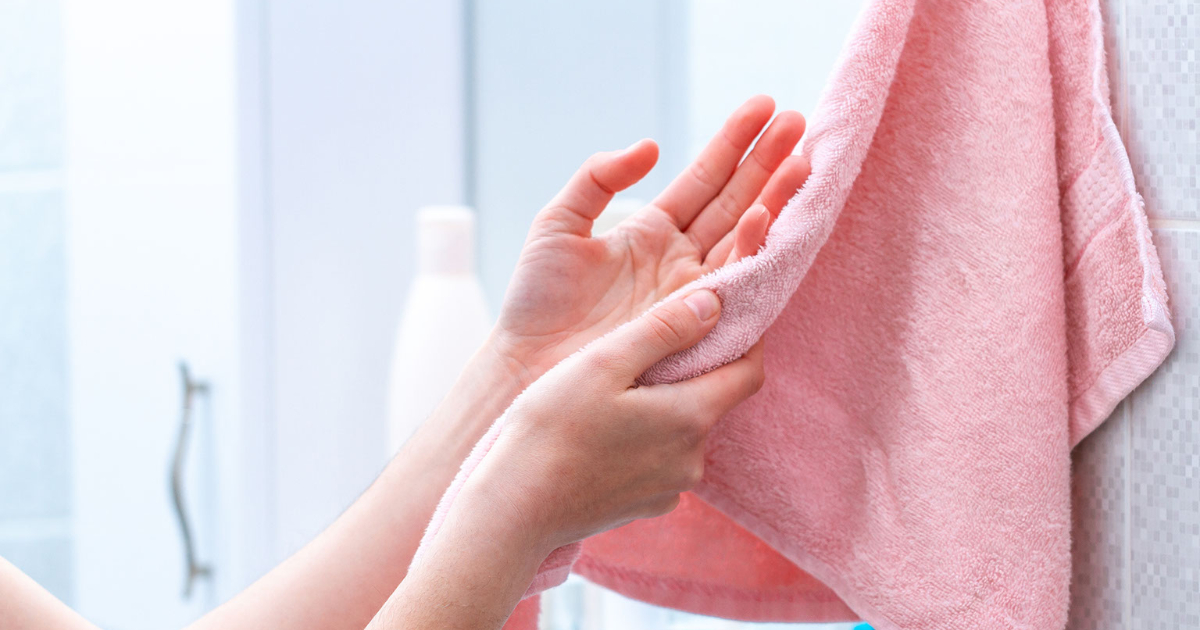
Hand towels are more miniature than bath towels and are designed for drying hands after washing.
They usually hang near sinks in bathrooms and kitchens to absorb moisture quickly.
Wash them every one to two days using warm water with mild detergent before air-drying them thoroughly to keep them soft and absorbent.
3. Kitchen Towels
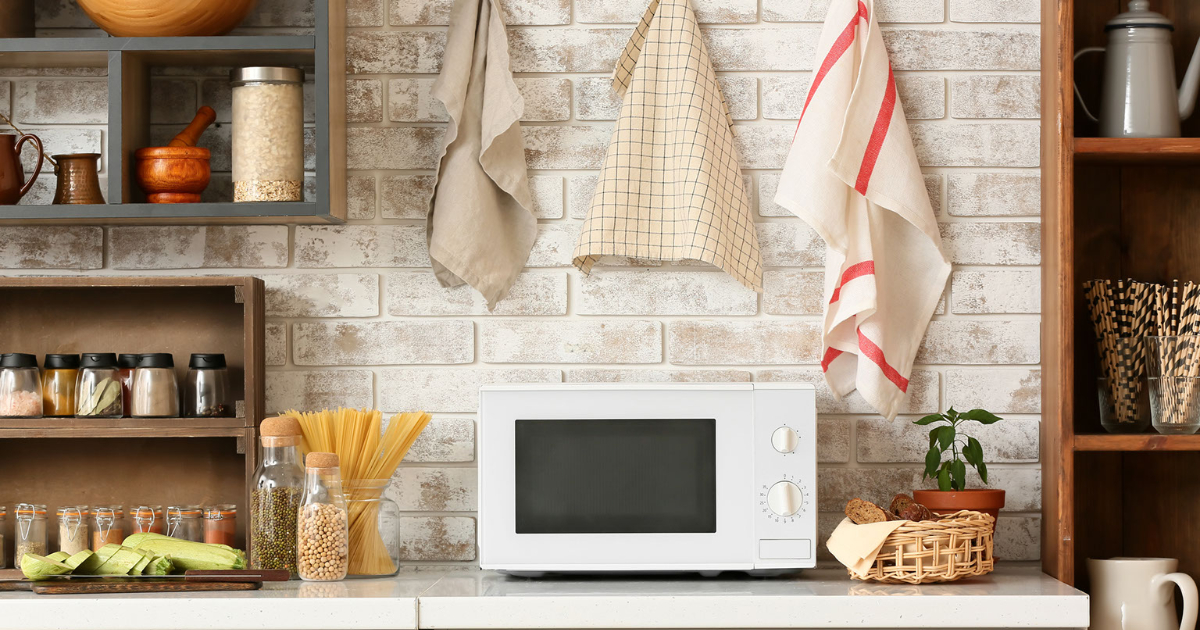
Kitchen towels serve many purposes, such as drying dishes, wiping countertops, and handling hot pots and pans.
Due to their frequent usage, they should be washed daily or every other day to prevent bacteria buildup and germs.
Use hot water with mild detergent for thorough cleaning. Avoid fabric softeners or bleach, which may damage fabric while decreasing absorbency.
4. Gym and Sports Towels

Gym and sports towels are designed to absorb sweat and provide a barrier between you and gym equipment.
Since they come into contact with sweat and germs, you must wash them after each use.
Use cold water with mild detergent, adding white vinegar for odor removal.
Finally, air-dry them thoroughly or use a dryer on a high setting to retain their softness and absorbency.
5. Dish Towels
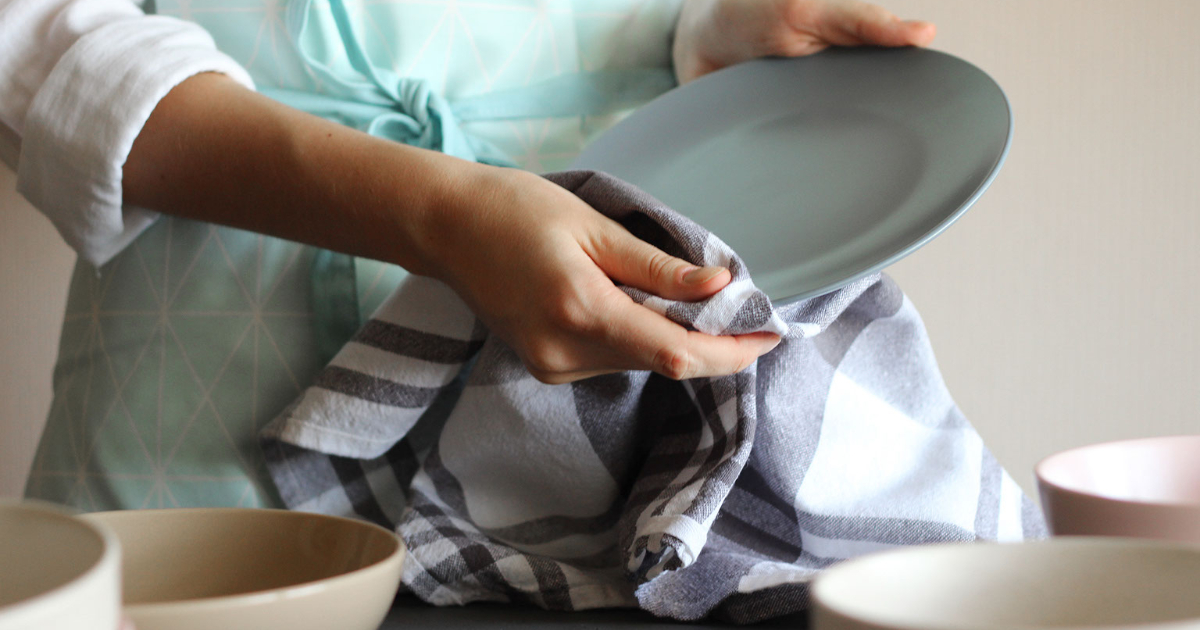
Dish towels are necessary for drying dishes, utensils, and countertops.
To keep them clean and effective, washing dish towels after each use in hot water with heavy-duty detergent is essential.
Doing this helps remove grease, food particles, and bacteria. Fabric softeners should be avoided as they reduce absorbency.
Dry them in high heat to kill any remaining bacteria and restore their softness.
Be sure to replace them regularly to prevent bacteria buildup or odors from accumulating over time.
6. Microfiber Cleaning Towels
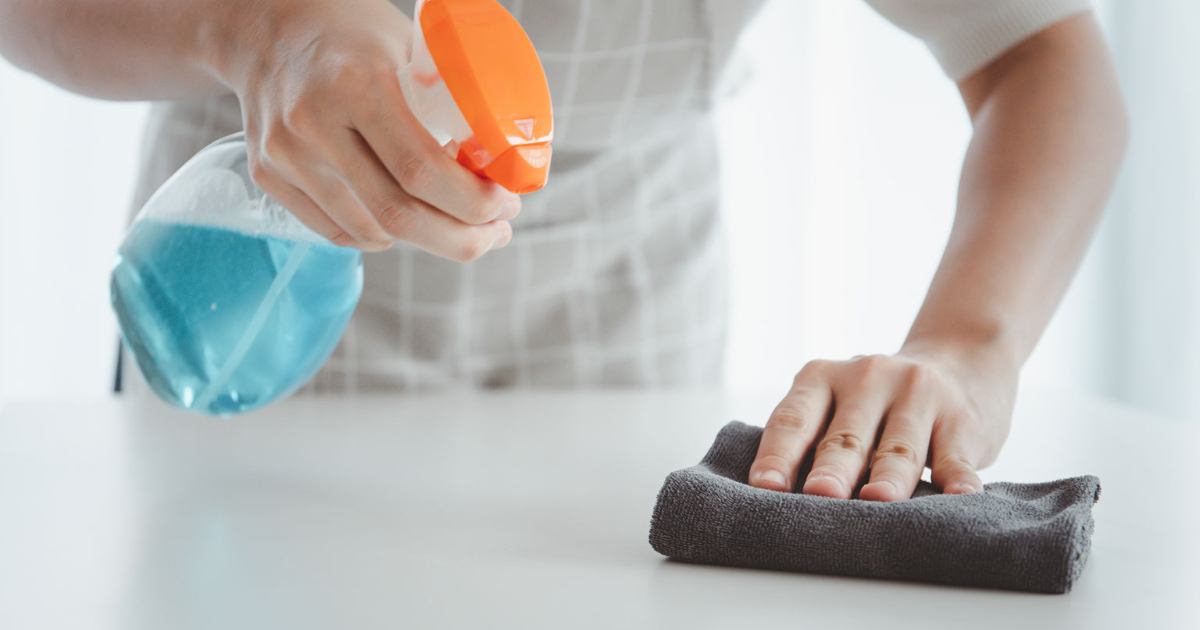
Microfiber cleaning towels are made of synthetic fibers that efficiently lift and trap dirt, dust, and grime.
They’re great for deep-cleaning surfaces without scratching or leaving behind residue.
Wash them separately from other fabrics in cold or warm water with a mild detergent to properly care for microfiber cleaning towels.
Avoid fabric softeners and bleach, as these can damage their fibers.
Air-dry them or use low heat in a dryer to maintain their effectiveness.
The basics of towel cleaning
Proper towel cleaning is essential for maintaining quality, appearance, and hygiene.
By understanding the fundamentals of towel cleaning – such as fabric types, water temperature, detergent choices, and load size – you can maximize their longevity and effectiveness.
Understanding fabric types
They come in various materials, including cotton, bamboo, microfiber, and blends.
Each fabric type has unique properties and cleaning requirements.
Cotton towels, for instance, are highly absorbent and long-lasting – ideal for everyday use.
On the other hand, microfiber towels are made from synthetic materials ideal for delicate surfaces.
Knowing the specific care instructions for each fabric type will help you preserve its quality and performance over time.
The Impact of Water Temperature
When washing cleaning towels, the temperature can immensely impact their cleanliness and lifespan.
Generally speaking, warm water works best for most towels since it removes dirt and stains while maintaining fabric integrity. However, certain materials like microfiber may need cold water to avoid damage to fibers.
Washing with hot water helps kill bacteria and allergens, making it suitable for kitchen or hand towels.
Effective Detergent Choices
Selecting the correct detergent is essential for maintaining the cleanliness and appearance of your towels.
Mild detergents work best for most towel types, as they effectively remove dirt and stains without harming the fabric.
Avoid using bleach or fabric softeners which may cause discoloration or reduce absorbency.
Adding white vinegar (natural fabric softener) can help eliminate odors and bacteria when washing gym or sports towels.
Load Size and Towel Folding Techniques
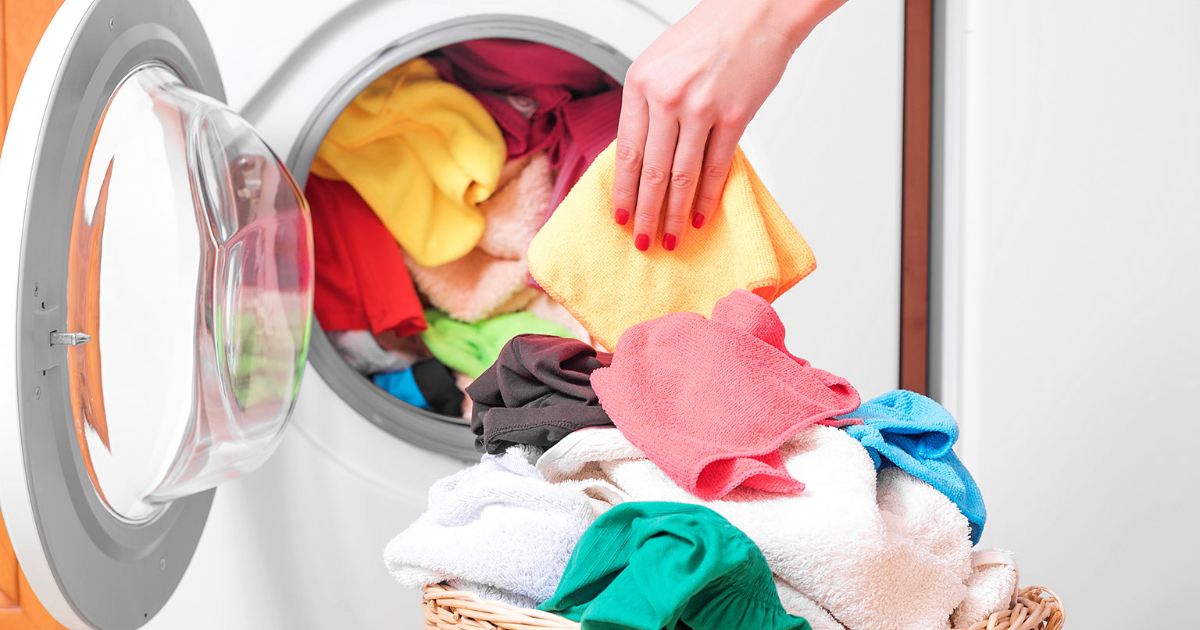
When washing towels, it’s essential to consider their load size and folding techniques for optimal cleaning results.
Overloading the washer can prevent them from getting thoroughly cleaned, as there may not be enough space to move around. Separating towels from other fabrics helps preserve their quality while avoiding damage.
After washing, properly fold and store them to prevent wrinkling and preserve their shape. Fold towels lengthwise in half or thirds, depending on size and storage space. Keeping them airtight in a dry, well-ventilated area will prevent mildew buildup and help preserve freshness.
Following these steps guarantees they remain clean, hygienic, and in excellent condition. Not only does proper care extend the life of your towels, but it also contributes to a cleaner and healthier living environment for everyone around you.
The laundry process: Step-by-step
Following these simple guidelines guarantees that your towels remain spotless, hygienic, and long-lasting:
Sorting and Pre-treating Stains
Before washing your towels, you must sort them by color, fabric type, and level of soiling you need to use. This prevents color bleeding and guarantees each towel receives the appropriate attention.
Pre-treating stains with a stain remover or mild detergent and letting the cloth sit for at least 15 minutes before washing is also essential. For stubborn spots, you may have to repeat this process.
Use a soft brush to work it into the fabric for spots that won’t disappear (if the methods above don’t work) before using appropriate settings and detergent. If the stain remains after washing, repeat the pre-treatment step before drying.
Drying Methods and Considerations
Proper drying is vital for maintaining your cleaning towels’ quality, appearance, and hygiene.
There are various drying methods, including tumble drying and line drying.
Tumble dry on low to medium heat works best for most towel types as it removes moisture and fluffs fibers. However, be mindful of over-drying times, as too much heat can cause towels to become stiff and lose their softness.
Line drying is an environmentally friendly option that lets cleaning towels air-dry in the sunlight and fresh air. Sunlight helps kill bacteria and remove lingering odors as well. However, be aware that line drying may sometimes result in stiff towels. To combat this problem, shake them out thoroughly before hanging them to dry and again after drying.
Ironing and Storage Tips
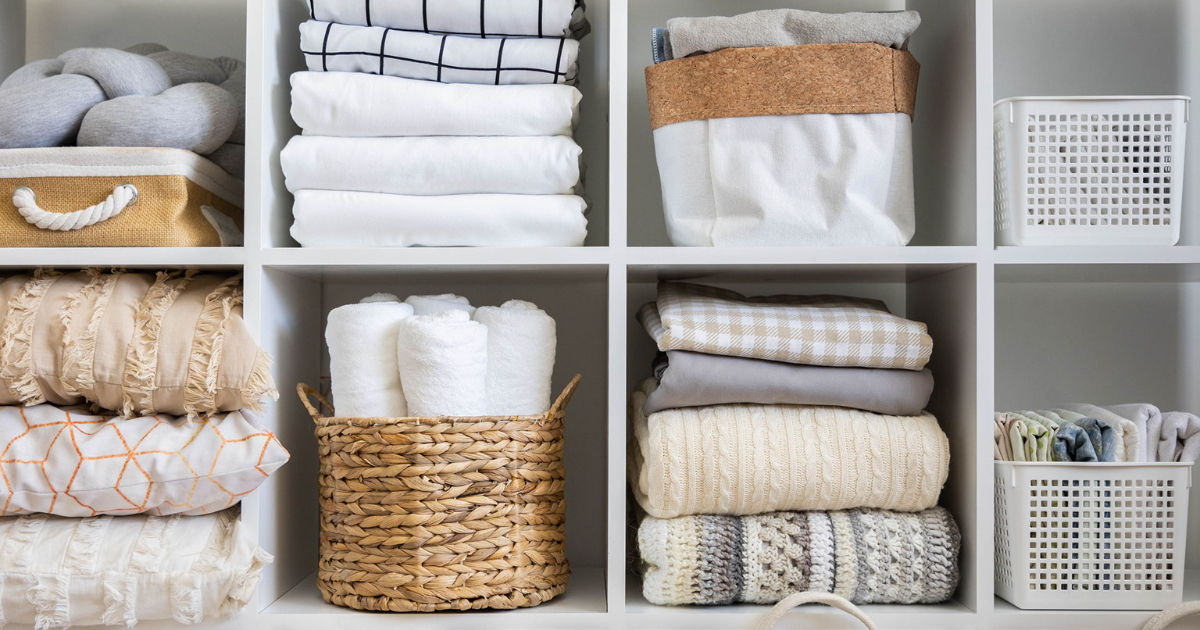
Ironing cleaning towels is usually unnecessary, but if you prefer a crisp look, use a low heat setting with slightly damp towels to avoid scorching the fabric.
Once clean and dry, fold them neatly before storing them in an area with plenty of air circulation. Avoid overcrowding your towel closet, as this could cause wrinkles or restrict air circulation in your towels. Instead, regularly rotate them so older ones get even wear.
Specialized cleaning techniques
Certain situations may require specialized cleaning techniques to tackle stubborn stains, mildew, odors, discoloration, and lint problems.
These solutions can help restore your cleaning towels to their original condition while extending their lifespan.
Dealing With Mildew and Odor
Mildew and lingering odors can develop on towels that have been damp for an extended period.
To address the problem, wash them using hot water and add one cup of white vinegar to the wash cycle; this helps kill bacteria, remove mildew, and neutralize odors.
If the problem persists, add one cup of baking soda; baking soda acts as a natural deodorizer and eliminates lingering scents.
Restoring Fading or Discolored Towels
Fading or discolored towels can be caused by overexposure to sunlight, harsh detergents, or bleach.
To revive their color and prevent further fading, dissolve one cup of salt in four cups of water and soak them for several hours.
After soaking, wash with a mild detergent and cold water; avoid fabric softeners that further accelerate fading.
Addressing Lint and Pilling Issues
Lint and pilling can develop on towels, giving them a worn and less absorbent appearance.
To combat this problem, wash them separately from other fabrics in cold water using a gentle cycle with one cup of white vinegar added.
Shaking them loosens any remaining lint before drying on a low heat setting with regular filter cleanings in your dryer to minimize future lint issues.
Eco-Friendly Cleaning Alternatives
Adopting eco-friendly cleaning alternatives can reduce your environmental footprint while ensuring your cleaning towels remain pristine.
You can minimize your carbon footprint without sacrificing cleanliness by opting for green detergent options, using energy-efficient washing and drying practices, and employing natural stain remover remedies.
Green Detergent Options
Environmentally friendly detergents are made with natural, biodegradable ingredients and are free from harsh chemicals, phosphates, and synthetic fragrances.
These green detergents clean your towels, minimizing the risks of water pollution and skin irritation.
Look for certified eco-friendly detergents with plant-based ingredients and recyclable packaging to reduce your environmental impact further.
Energy-Saving Washing and Drying Process
Adopting energy-saving washing and drying practices can help conserve resources and save energy costs.
Wash your cleaning towels in cold water, which consumes less energy than hot water. Additionally, use shorter wash cycles for lightly soiled towels and only run full loads to maximize water and energy efficiency.
When it comes to drying time, opt for line or air drying whenever possible, as these methods use no energy and provide the added benefit of fresh air and sunlight.
Natural Stain-Removing Remedies
Instead of using harsh chemical stain removers, try natural alternatives like white vinegar, baking soda, and lemon juice.
These substances efficiently break down stains and eliminate odors without harming the environment.
Experiment with combinations and concentrations to find the most suitable solution for your stain type.
FAQs
How often should I wash my towels?
When washing them, the frequency of washing depends on their usage.
Bath towels should be washed every three to four uses, while hand towels and washcloths require laundering every one to two days due to frequent contact with skin and moisture.
Kitchen towels must also be washed daily as they often accumulate bacteria from handling food items.
Can I mix towels with other laundry items?
Washing them separately from other laundry items helps prevent color bleeding and lint transfer.
Separating them also allows you to set the appropriate machine settings and detergent usage, providing your towels with the best possible care.
What are the advantages of utilizing white vinegar when washing towels?
White vinegar is an eco-friendly and natural alternative to fabric softeners that can break down detergent residue, eliminate odors, and soften towels.
Adding white vinegar to your wash cycle will help maintain their absorbency without harming the environment.
How can I prevent towels from developing an unpleasant odor?
To prevent them from developing an unpleasant odor, hang them to dry in a well-ventilated area after each use.
Wash your towels regularly using appropriate detergent and washing machine settings; if odors persist, try adding white vinegar or baking soda during the wash cycle to neutralize the smell and kill bacteria.
Conclusion
Proper care and cleaning of towels is essential for maintaining a sanitary home environment.
Towels come in various materials like cotton, microfiber, and bamboo, each requiring specific washing techniques to preserve quality.
Key steps include sorting and pretreating stains, washing with appropriate temperature water and detergent, properly drying, and storing in a well-ventilated space.





